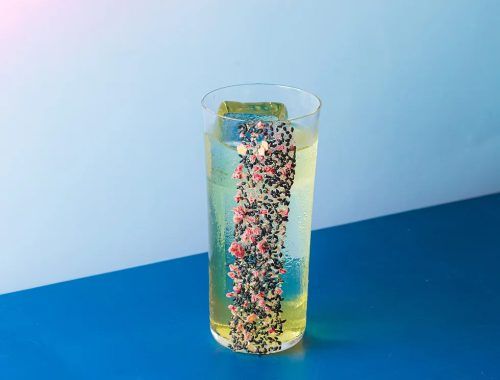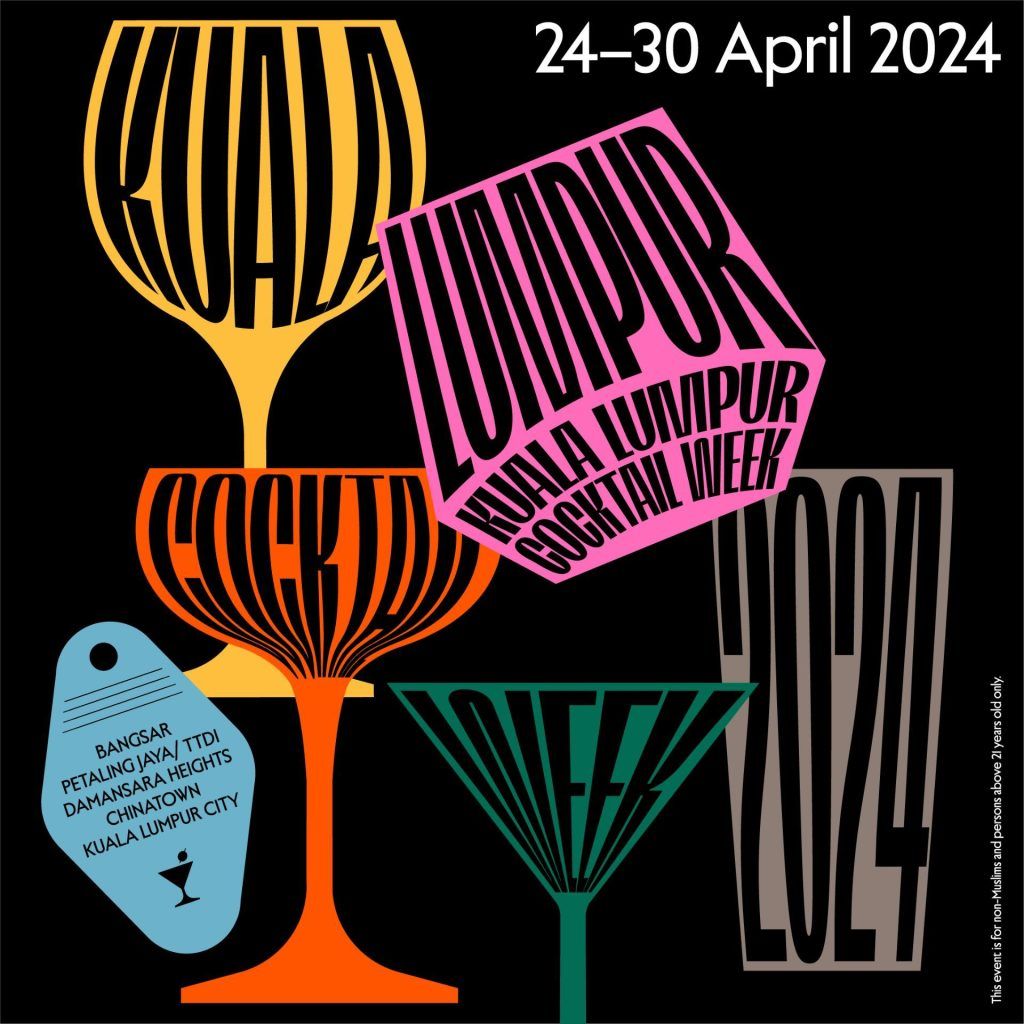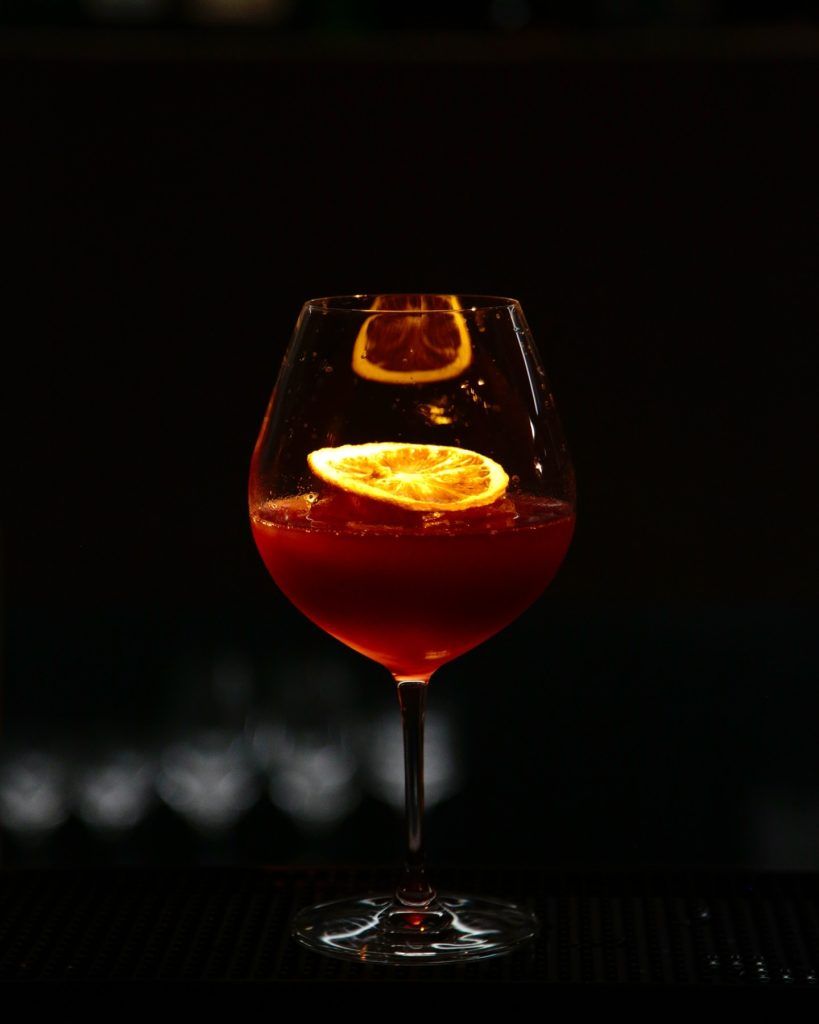Trying to navigate the world of Scotch whisky can be every bit as complex and intimidating — sort of like a roller coaster ride if you will — especially when you’re just starting out. But the world of whisky is a massive one, and one fraught with complicated terminology that could confuse even the most versed connoisseurs.
However, a huge part of the pleasures of Scotch whisky appreciation is knowing exactly what you’re drinking. From “single malt” to “blended grain Scotch”, here’s a guide to the different types of Scotch whiskies you’ll encounter out there.
But what is Scotch whisky?

Let’s start with the basics. A Scotch whisky can only be named so if it is a malt or grain whisky made in Scotland. There are several legal requirements that must be adhered to, such as being aged in oak barrels for a minimum of three years. The age statement on a bottle must also reflect the age of the youngest whisky in the blend; although one without an age statement is guaranteed to be at least three years old.
After processing the water, malted barley and other optional whole grains, fermentation must occur by only adding yeast, and after distillation must be wholly matured in oak casks.
Single Malt
One of the most revered spirits in the world, single malt Scotch whisky has risen to the top of the ranks for their sheer diversity. To be legally considered as such, the whisky must be distilled at a single distillery in Scotland, with nothing other than malted barley, water, and yeast. They aren’t exempt from strict Scotch whisky regulations, they have to contain no less than 40 percent ABV upon bottling.
Like wine, single malts rely on Scotland’s diversity and regional variations for its personality. While geography plays a big part in the flavour of the malt — most notably with different peating levels — other factors such as the length of the fermentation period, configuration of the stills, type of oak barrel, and maturation period all contribute to the character of the finished spirit.
Single grain Scotch whisky
Like single malt whisky, the ‘single grain’ label implies that the bottle’s content was distilled at one distillery. It can be made from any cereal grains other than malted barley — such as maize, whea or rye — though often blended with small amounts of malted barley. They’re known for being light-bodied and mild, making them a decent choice if you’re first dipping your toes into the the whisky world.
Blended Scotch whisky
The term “blended” often alludes to the antithesis of purity, but blended Scotch whiskies can be equally outstanding in character. Defined as a blend of single malts and single grain Scotches from two or more separate distilleries, this variant makes the majority of whiskies offered out there.
Blended malt Scotch whisky

Previously referred to as “pure malt whisky” before a reclassification by the Scotch Whisky Regulations in 2009, blended malt Scotch is a marriage of two or more single malt Scotch whiskies from different distilleries in the same batch. This variant will not contain any grain whisky, but you’ll get a lovely medium to full bodied aroma. It’s one of the least common types of Scotch now, but you’ll find stellar examples like the 15-year-old Johnnie Walker Green Label.
Blended grain Scotch whisky
Following the same concept as its blended malt counterpart, blended grain Scotch is a mix of two or more single grain Scotch whiskies from different distilleries. Made by cooking up unmalted cereal grains – either wheat or maize – a small amount of malted barley is then added to catalyse the fermentation process. As a rule of thumb, grain whisky must keep some flavour from its raw materials, which — with some help from Bourbon casks — often matures into a gentle, fruity and sweet Scotch.












